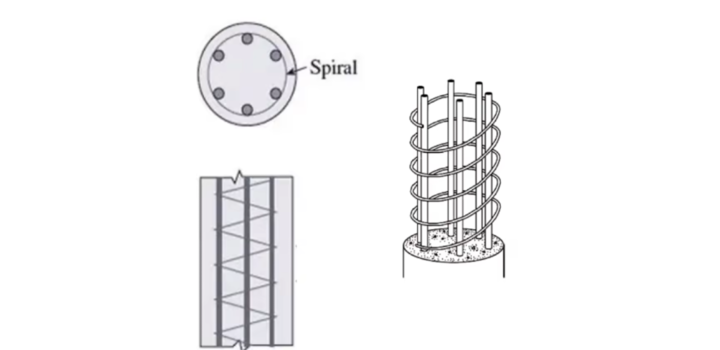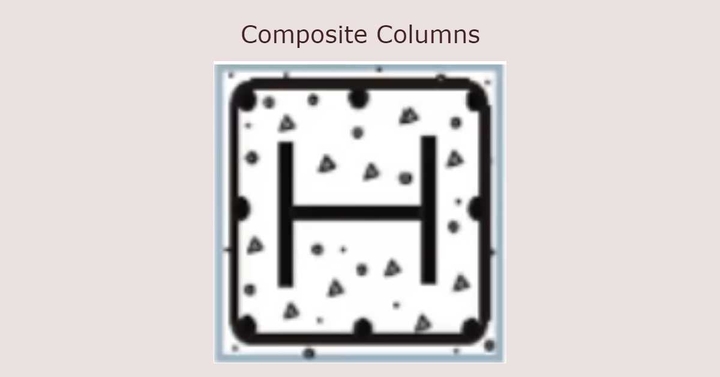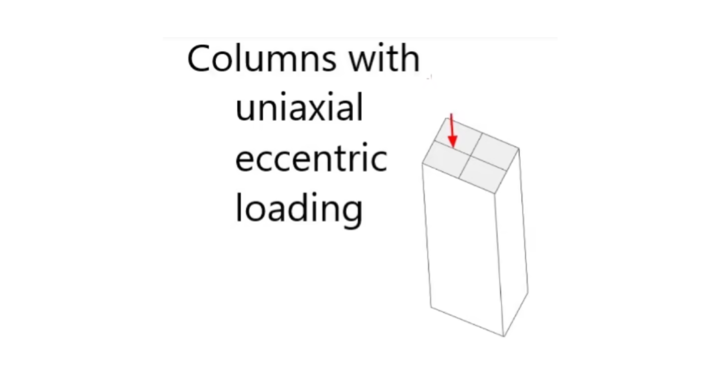What are the Types of Columns Used In Construction?
By BYJU'S Exam Prep
Updated on: September 25th, 2023

Different Types of Columns are used in various parts of a structure. A compression member is a structural element that predominantly carries the axial compressive load. The most commonly encountered compression member in building constructions is a column. A column is a compression member that transfers load from beam and slab to the structure’s foundation. The IS code refers to the column as a compression member, with an effective length 3 times the least lateral dimension. Here, we have provided the types of columns based on various parameters in detail.
The columns in construction are essential components. The structure collapses as a result of the column failing. Different types of columns are employed in the construction of buildings. In this article, we will discuss different types of columns that are used in construction.
Table of content
What are the Different Types of Columns?
There are many distinct kinds of columns that are utilised in various portions of construction. A column is a vertical structural component that primarily supports compression loads. It may distribute the weight from a beam to a floor or foundations, or from a ceiling, floor slab, roof slab, or other slabs. The bending moments about one or both of the cross-section axes are frequently present in columns. The different types of columns based on several factors are listed below.
- Based on shape
- Based on the type of reinforcement
- Based on the type of loading
- Based on the slenderness ratio
- Based on the type of material
Types of Columns Based on Shape
Columns can be divided into different types based on the shape of their cross-section. In this category, the most common types of columns are square/rectangular, circular columns, L-type columns, T-type columns and Y-type columns. These are further explained below.
- Square/Rectangular columns- These are generally used in building constructions. Due to the ease of shuttering and reinforcement placement, these types of columns are both cost-effective and simple to construct.
- Circular columns- Circular columns are commonly used in piling and elevation of buildings. It is also used as bridge pillars. They provide better bending resistance than square or rectangular column
- L-type columns- These types of columns are commonly used at the corners of boundary walls.
- T-type columns- These types of columns are quite commonly used in bridge construction.
- Y-type columns- They are used in bridge and flyover construction.
Types of Columns Based on the Type of Reinforcement
Based on the reinforcement, different types of columns are used in their construction. In this classification, we have 3 types of columns: tied columns, spiral columns and composite columns. These are further explained below.
- Tied Columns- These are the types of columns in which the main longitudinal bars are enclosed within closely and uniformly spaced lateral ties. These are the most commonly used types of reinforced columns.
- Spiral Columns- In these types of columns, the main longitudinal bars are confined within continuously wound spiral reinforcement. The spiral reinforcements provide lateral support and delay failure due to axial load.

- Composite Columns- These are the types of columns where the reinforcement is in the form of structural steel sections or pipes with or without longitudinal bars.

Types of Columns Based on the Type of Loading
Columns can also be categorized based on how the load is acting on the cross-section of the columns. Different types of columns are defined based on whether the load is concentric or eccentric and if eccentricity is present, is it uniaxial or biaxial? Based on the above criteria, different types of columns are specified below.
- Columns with axial loading (applied concentrically)- Axially loaded columns are the types of columns which has vertical axial loads acting on the centre of gravity of the cross-section of the column. These types of columns are not generally used in construction due to impracticality in coinciding vertical loads acting at the column’s centre of gravity.

- Columns with uniaxial eccentric loading- A uniaxial eccentrically loaded column is one in which the axis of vertical loads does not coincide with the C.G. of the cross-section of the column, but rather acts eccentrically on either the X or Y axis of the column cross-section. These types of columns are generally used in columns rigidly connected to beams from one side such as edge columns.

- Columns with biaxial eccentric loading- A biaxial eccentrically loaded column is one in which the vertical loads on the column do not correspond with the centre of gravity of the column cross-section and do not act on either X or Y-axis. These types of columns are used in columns with beams rigidly connected at right angles at the top of columns such as corner columns.

Types of Columns Based on the Slenderness Ratio
The slenderness ratio of a compression member is defined as the ratio of its effective length to its lateral dimensions. It provides a measure of the column’s susceptibility to buckling failure. Columns can be divided into two types of columns based on the slenderness ratio.
- Short column- The column is referred to as a short column if the ratio of the effective length of the column to the least lateral dimension is less than 12. The failure of a short column is due to crushing (pure compression failure).
- Long columns- A long column is defined as one in which the ratio of the effective length of the column to the least lateral dimension is more than 12. Bending or buckling is how a long column fails.
Types of Columns Based on the Type of Material
Columns can also be classified based on the material used for their construction. Stone, brick, concrete, timber, steel, etc. are commonly used to make columns. Under this classification, different types of columns are listed below.
- Reinforced concrete column
- Steel column
- Timber column
- Stone Column
- Brick column


